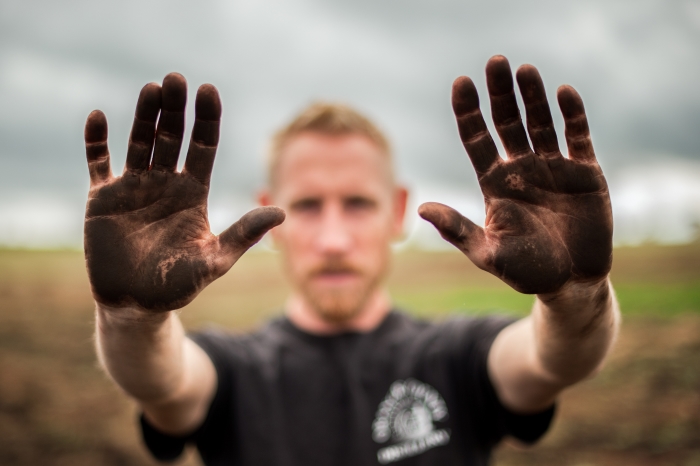Most people who don’t grow food rarely think about dirt unless it’s under your nails or covering your car. But we can’t talk about the future of Hudson Valley farming, and food, without going deep.
Fortunately, the Hudson Valley is a great place to farm. The soil was prepped over thousands of years by melting ice, and there is still plenty of nearby water. In parts of Orange County, the dirt is so rich you can be prosecuted for carrying it away.
In this, the second of our three-part series, we take a closer look at the foundation of Hudson Valley farming and two major forces that threaten it: climate change and sprawl.
First, the dirt. “It used to be,” writes William Bryant Logan in Dirt: The Ecstatic Skin of the Earth, “that a good farmer could tell a lot about his soil by rolling a lump of it around in his mouth.” Logan finally found a farmer who still does that to measure acidity, although he had been advised by his doctor to discontinue because “soil contains bad bugs as well as good ones, and the physician didn’t want to have to sort them out in the farmer’s gut.”
Part 1: Farmers Young & Old
Part 2: Land & Soil
Part 3: Are Farms in Our Future?
The lesson, regardless, is that dirt is more complex than you might suspect. Pamela Doan provides a quick lesson in its structure — scientists spend their careers trying to understand soil, while giving it names that sound like they came from a wine list — while Cheetah Haysom examines the “black gold” of Orange County (she wrote a book about it).
Although we touched on the topic last fall in our series on climate change, Doan takes a closer look at its specific burdens on agriculture and how farmers are pushing back by keeping carbon in the soil. Another strategy is to experiment with new crops; Deb Lucke spent time with farmers who are growing hops with success because of the demand created by small breweries.
Finally, Jeff Simms looks at the effect of sprawl on our valuable farmland and efforts to preserve it for agricultural use through zoning laws and easements. Between 1992 and 2012, according to the American Farmland Trust, almost 31 million acres of farmland — nearly equivalent to the size of New York State — was lost to development at the same time that, by 2050, demands on agriculture to provide food, fiber and energy are already expected to be 50 to 70 percent higher than today. What happens if we lose another New York’s worth of farmland by then?

The Dirt on Dirt
The inside scoop on the foundation of farming
By Pamela Doan

Black Gold
Dirt so valuable it’s illegal to remove it
By Cheetah Haysom

Earthy Finish
A connoisseur’s guide to local soil
By Chip Rowe

Battling Sprawl
Groups work to save an overlooked resource — farmland
By Jeff Simms

Up-and-Coming Crops: Hops
A symbiotic relationship between brewer, farmer and legislator
By Deb Lucke

Could Soil Save Us?
Farmers adapt to climate change, and push back
By Pamela Doan


